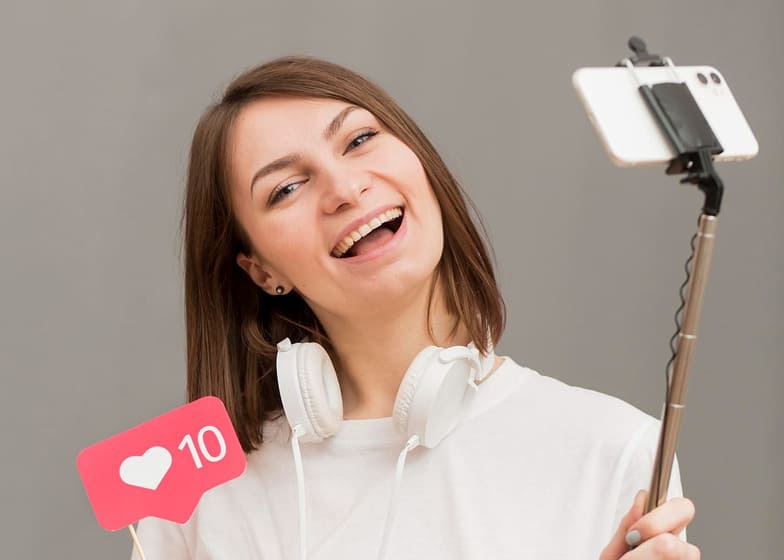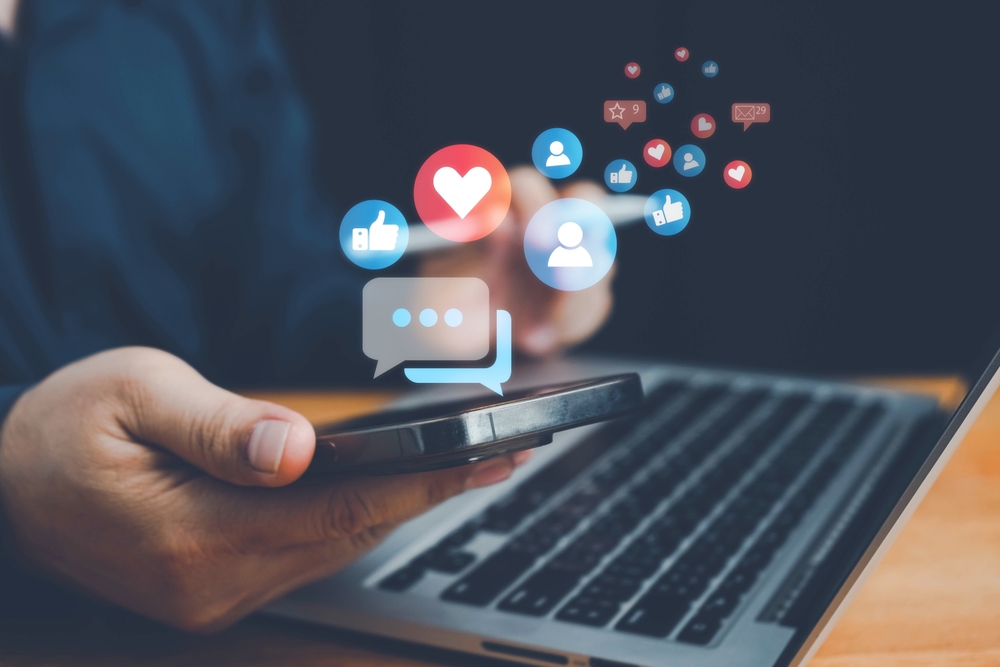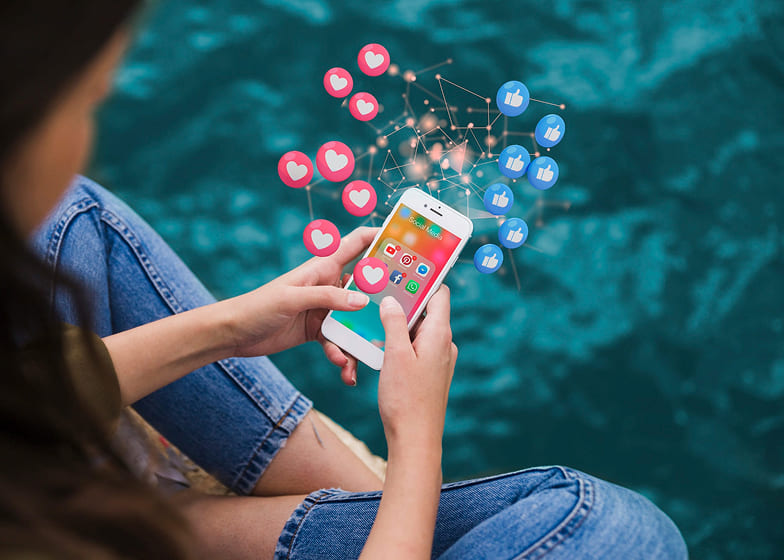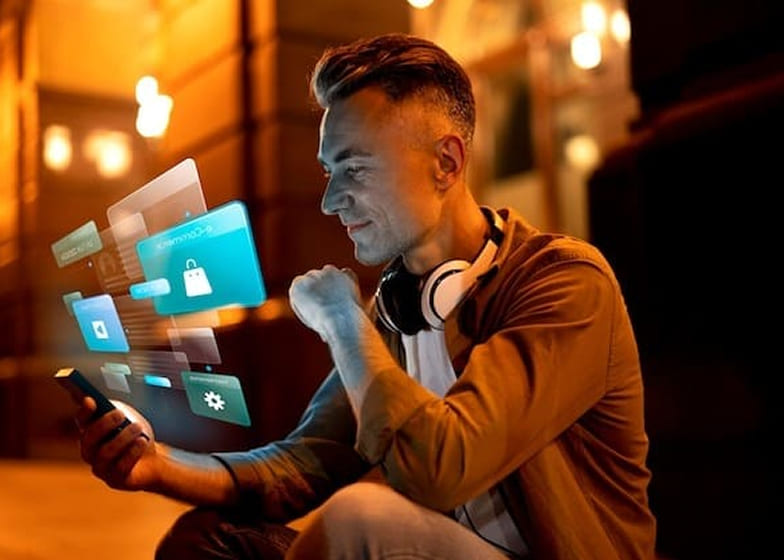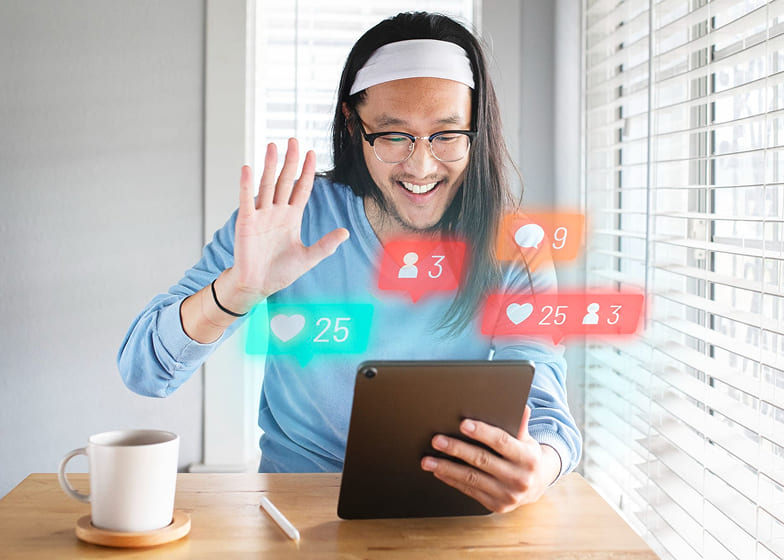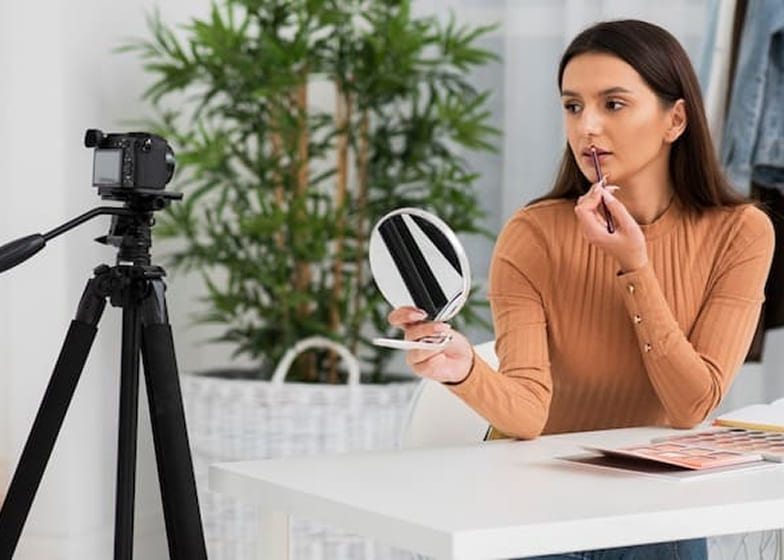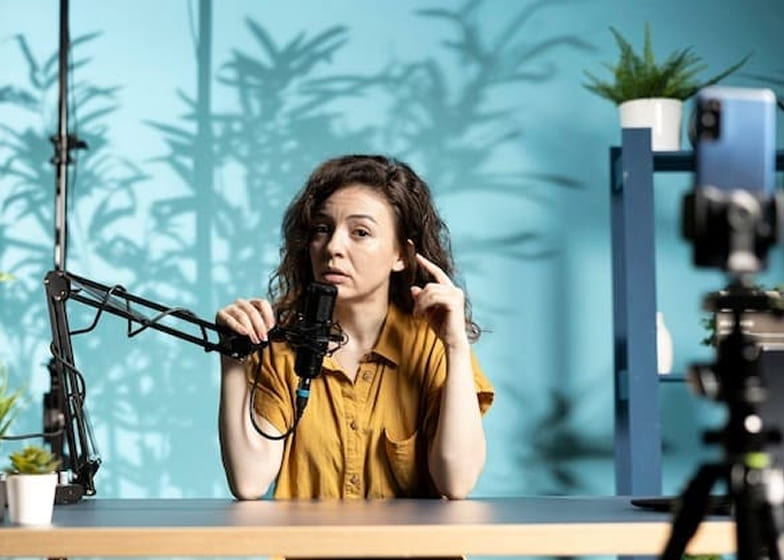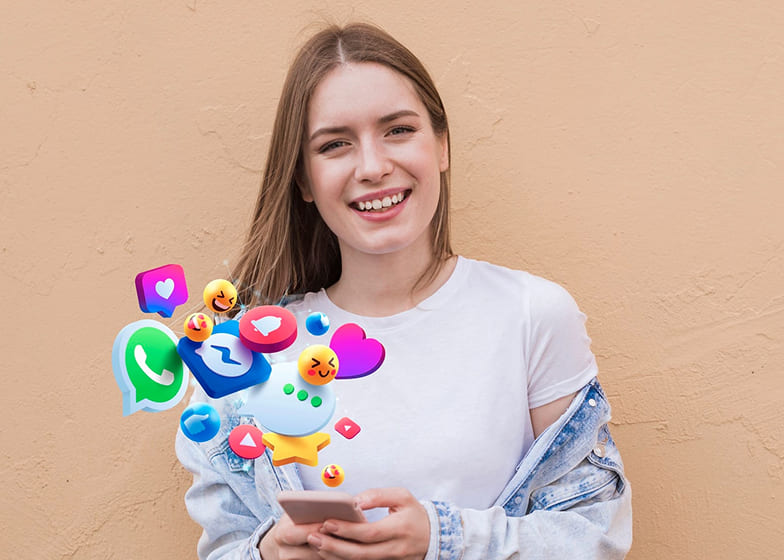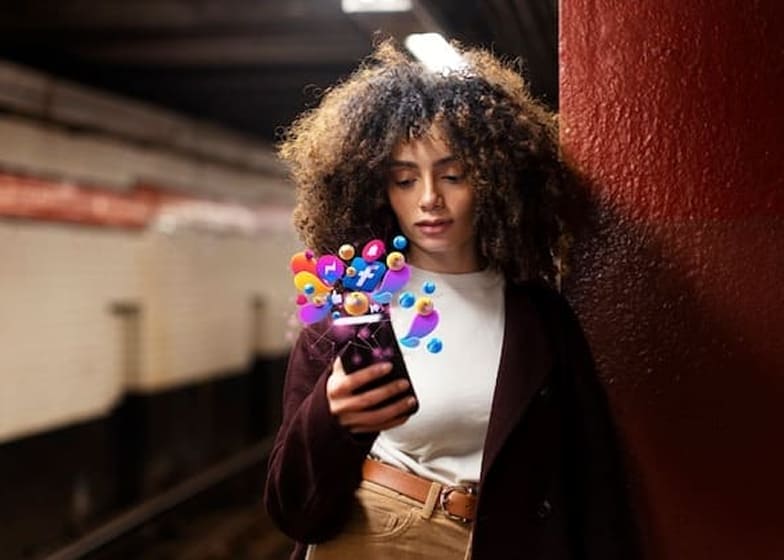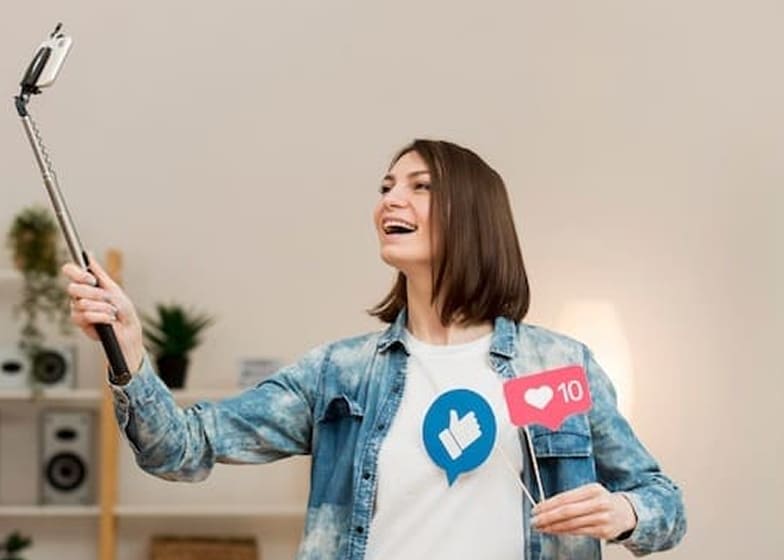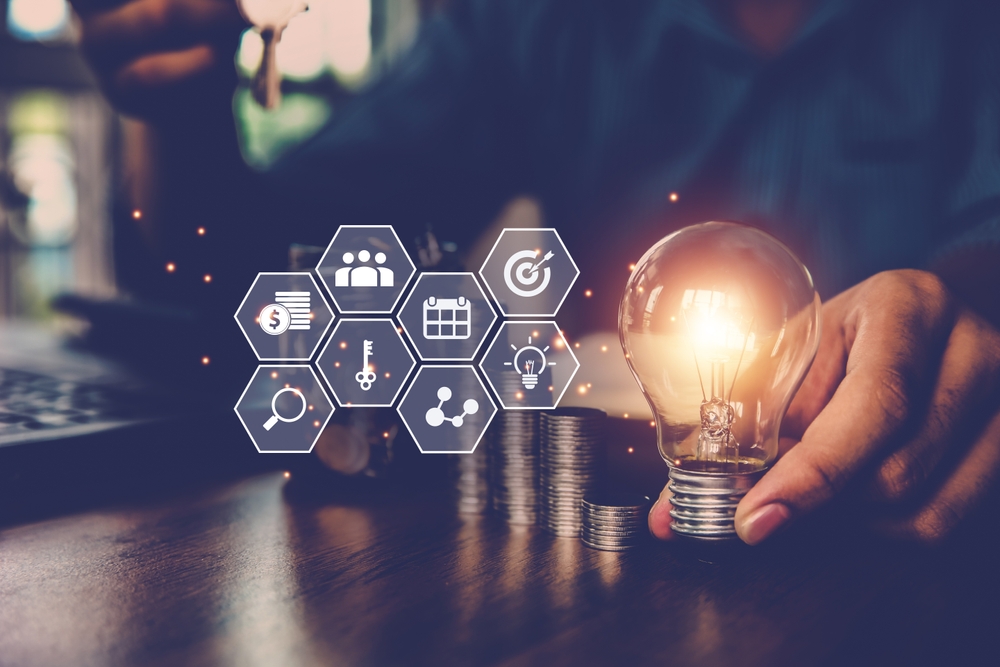Timing plays a crucial role in social media engagement, as posting when your audience is most active can significantly increase reach and interaction. Each platform has its own peak activity hours, which are influenced by factors like demographics, location, and user behavior. For example, Instagram users tend to be more active during early mornings, lunchtime, and evenings, while Facebook engagement often peaks in the afternoon and early evening. Understanding these patterns allows brands and creators to strategically schedule content for maximum visibility.
Research shows that weekdays generally see higher engagement than weekends for most professional and lifestyle content. However, this can vary depending on the niche; for instance, entertainment or leisure content may perform better on weekends when people have more free time. Analyzing your own account’s insights is essential, as it provides real-time data on when your followers are online, helping you tailor posting schedules for your unique audience.
Consistency in posting at optimal times also strengthens audience habits. When followers know when to expect new content, they are more likely to engage regularly, boosting both reach and algorithmic favorability. Scheduling tools can help maintain consistency, allowing posts to go live even outside standard working hours without manual effort.
Ultimately, the best times to post are those that align with your audience’s routines and platform behavior. By combining analytics, experimentation, and strategic scheduling, brands can ensure their content reaches the right people at the right time, increasing both engagement and long-term growth on social media.
The Best Times to Post on Social Media for Maximum Reach
Why Timing Matters on Social Media
Timing is critical because social media platforms operate on algorithms that prioritize content generating early engagement. When a post receives immediate likes, comments, or shares, platforms interpret it as valuable content and push it to more users. Conversely, if a post goes live when your audience is inactive, it risks being buried under other content, significantly reducing its reach.
Additionally, posting at the right time ensures that your content aligns with your audience’s daily routines. For instance, a professional audience may be more likely to check social media during lunch breaks or after work, while younger audiences might be active late at night. Proper timing also complements content type; short updates or motivational quotes may perform better in the morning, whereas longer videos or live sessions might be more suitable for evenings.
Finally, strategic timing contributes to building audience habits. When followers expect content at certain times, engagement increases naturally because they check your page intentionally. This combination of algorithmic advantage and audience behavior demonstrates why timing is not just a minor detail but a core part of a social media strategy.
Understanding Audience Behavior
Every audience behaves differently, and understanding their habits is key to effective scheduling. Factors like age, profession, lifestyle, and interests influence when users are online. Teenagers and students, for example, may be more active in the evening or late at night, while working professionals might scroll during early mornings, lunch hours, or evenings.
Time zones also play a crucial role, especially for brands with a global audience. A post optimized for one region may miss peak activity in another. Analyzing your audience’s geographic distribution helps ensure content reaches followers when they are most active.
Platform-specific behavior is equally important. Instagram users tend to engage with visual content throughout the day, while LinkedIn users focus on professional content during business hours. By combining demographic, geographic, and platform behavior insights, brands can identify the most effective posting times for their unique audience.
General Best Times by Platform
Each social media platform has its own peak engagement periods due to user behavior differences:
- Instagram: Users are highly active early morning (6–9 AM), lunchtime (11 AM–1 PM), and evenings (7–9 PM). Reels and interactive Stories often perform best during these times.
- Facebook: Peak engagement is generally between 9 AM–3 PM, with the highest around 1–2 PM. Posts with links, images, or videos get maximum reach during this window.
- LinkedIn: Primarily a professional network, best posting times are weekdays (7–9 AM and 5–6 PM), aligning with commuting or pre/post work hours.
- Twitter/X: Early mornings (7–9 AM) and late evenings (6–9 PM) often see more interaction due to news updates and trending topics.
By understanding these platform-specific trends, brands can maximize reach and ensure content lands when the target audience is most receptive. Using insights tools for each platform refines this further for your unique followers.
Weekday vs Weekend Posting
Weekdays and weekends have different engagement dynamics:
- Weekdays: Workdays are generally better for professional, educational, and service-related content. People scroll during short breaks, commuting, or lunchtime. Posts that are informative, motivational, or product-related often perform well.
- Weekends: Users engage more with entertainment, lifestyle, and leisure-related content. Since people have more free time, they are likely to interact with longer posts, videos, and fun campaigns like contests or quizzes.
Understanding the type of content suitable for each day ensures higher engagement. For example, an in-depth product tutorial might get more attention on a weekday evening, while a giveaway or meme could perform better over the weekend.
Early Morning Posts
Posting early in the morning targets audiences who check social media first thing after waking up. Motivational quotes, short tips, or news updates work best during this time because users prefer quick, digestible content.
Early morning posts also face less competition, allowing your content to stand out. Brands targeting professionals or students should prioritize this slot, as it captures attention before users start their busy day. Repetition of consistent morning posting can help followers develop a habit of expecting content at the start of their day.
Lunchtime Posts
Between 11 AM and 1 PM, people often take breaks and check social media while eating or resting. This is an excellent window for interactive content like polls, quizzes, and short video tutorials that can be consumed quickly.
Content posted during this period benefits from the audience’s relaxed attention. For instance, a restaurant brand can post lunch deals, a fitness coach can share a 5-minute workout tip, and a fashion brand can show outfit inspirations. Lunchtime posts often see immediate engagement because users are active and scrolling during downtime.
Evening Posts
Evenings, typically between 6–9 PM, are ideal for content requiring more attention, such as live streams, in-depth videos, tutorials, or promotional campaigns. Users are generally relaxed after work and have time to consume and interact with content.
Evening posts also work well for engagement-driven content like contests, Q&A sessions, and interactive stories. Posting at this time maximizes the chances of likes, comments, shares, and saves, increasing algorithmic reach. Brands targeting global audiences should consider staggered evening posts for different regions.
Using Analytics to Optimize Posting
Analytics tools on each platform provide valuable insights about follower activity. Instagram Insights shows peak hours, Facebook Page Insights tracks audience engagement, LinkedIn Analytics provides professional activity patterns, and Twitter Analytics monitors tweet performance.
Regularly reviewing analytics helps identify trends and adjust posting schedules. Over time, this data-driven approach allows brands to pinpoint the exact days and times that yield maximum engagement. Combining analytics with experimentation ensures that strategy is continuously refined for best results.
Experimentation and Testing
While general guidelines are useful, every audience is unique. Testing different posting times over several weeks allows brands to discover what works best for their specific followers. Rotate posts across mornings, afternoons, evenings, and weekends to identify engagement peaks.
Experimentation should also consider content type, format, and post length. For instance, short reels may perform better in the morning, while long tutorials see higher engagement in the evening. Tracking results ensures your strategy evolves based on real-world performance rather than assumptions.
Scheduling Tools for Consistency
Scheduling tools like Buffer, Hootsuite, Later, and Meta Business Suite enable consistent posting at optimal times. Consistency is key because audiences develop habits around your posting schedule. Regular, timely content strengthens engagement, ensures algorithmic favorability, and saves time for content creators.
Scheduled posts also allow brands to maintain presence across different time zones and plan campaigns without last-minute effort. Using tools to automate posting ensures no missed opportunities for engagement, especially during high-traffic periods.
Adjusting for Global Audiences
Brands targeting audiences in multiple countries must account for time zone differences. A post scheduled for peak hours in New York may be completely ineffective for followers in Tokyo or London.
Solutions include staggered posting schedules, region-specific accounts, or creating content tailored to different time zones. Global optimization ensures that followers everywhere receive content when they are most active, maximizing overall reach and engagement.
Combining Timing with Content Type
Not all content performs equally at all times. Quick tips and short videos may work best in the morning or lunchtime, while longer tutorials, live streams, or interactive content perform better in the evening.
Matching the right content type with the right time slot maximizes impact. For example, a motivational quote in the morning can energize followers, while a product demo in the evening encourages active engagement and potential conversions. Strategic pairing of timing and content ensures your posts resonate with the audience and achieve maximum reach.
Summary
The best times to post on social media are crucial for maximizing reach and engagement because they align your content with when your audience is most active. By understanding platform-specific peak hours, audience behavior, and daily routines, brands can schedule posts for mornings, lunchtimes, or evenings to capture attention effectively. Using analytics, experimentation, and scheduling tools ensures consistency and helps refine posting strategies over time. Combining the right timing with appropriate content types further boosts visibility, interactions, and long-term audience loyalty.

